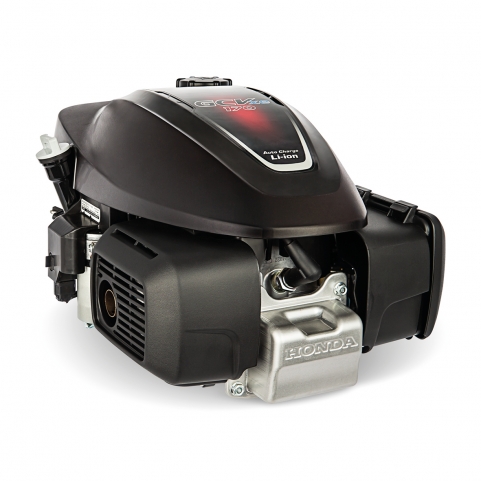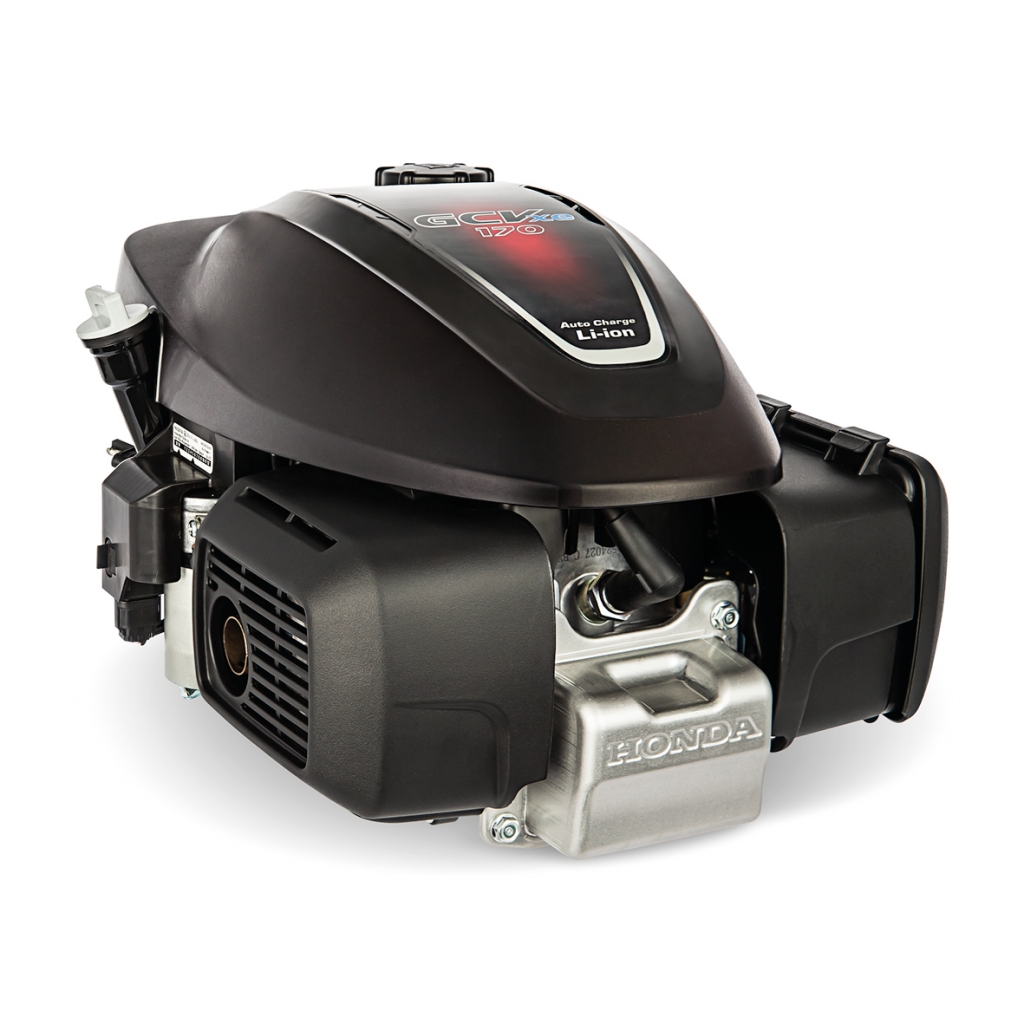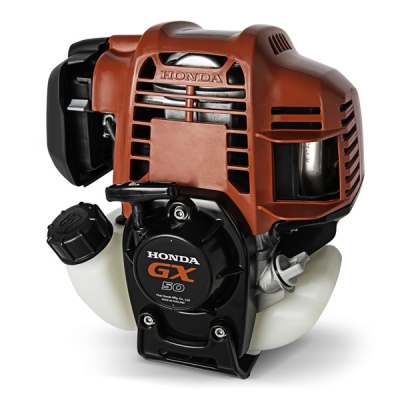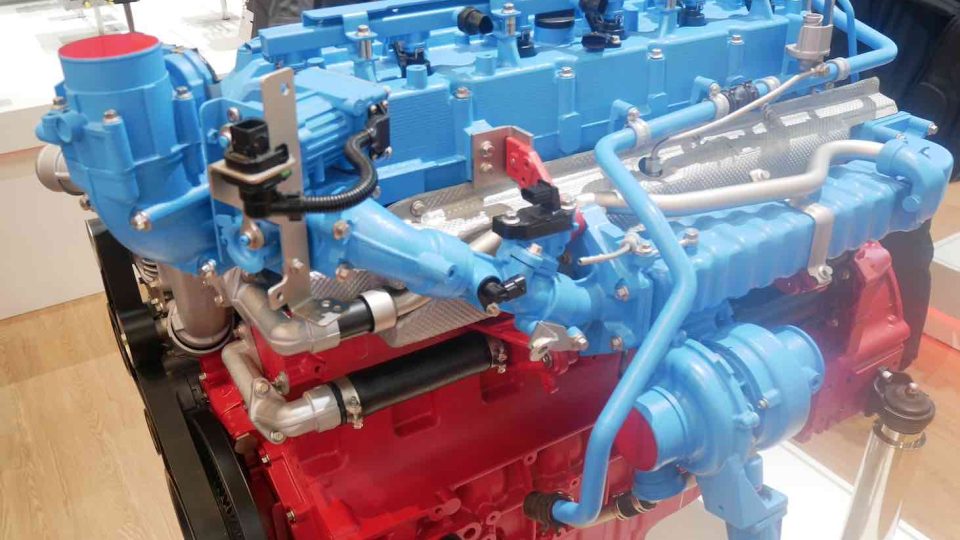Honda Motor Europe
Honda Motor Europe Logistics Honda Motor Europe Logistics is based in an area of about 30 thousand m2, 24 thousand of which are covered, near Verona (Italy). This is where spare parts logistics and product handling are gathered: not only engines for industrial applications, but also Power Products (in Honda’s nomenclature) and motorbikes for Italy […]

Honda Motor Europe Logistics

Honda Motor Europe Logistics is based in an area of about 30 thousand m2, 24 thousand of which are covered, near Verona (Italy). This is where spare parts logistics and product handling are gathered: not only engines for industrial applications, but also Power Products (in Honda’s nomenclature) and motorbikes for Italy and Southern Europe.
Honda, in spite of the acceleration in the direction of electrification, believes that some professional applications require performance, and an operating time, which is poorly matched to the overall dimensions, power density and storage capacity of electric motors.
We ask them some questions.
A reflection on the 2019 market and impressions of 2020?
The 2019 market, as far as sales to OEMs are concerned, has been stable. It was easy for Honda to move to Stage V, a transition that as far as we are concerned started at the end of 2018. We can consider it as a running change without changing the performance and costs. We no longer have Stage 2 in stock and only deliver Stage V.
At this point there is an exogenous factor that could turn out to be a crazy variable at the end of February: the pandemic syndrome.
To date (editor’s note: Tuesday, February 18) the stability forecasts are extendable to 2020, although they are strongly cracked by the unknown Coronavirus.
About electronic regulation
Electronic regulation has become usual.
Honda has been pioneering. The GCV series has been appearing on lawnmowers for more than twenty years and, in the USA, it has been popular in industrial applications such as high-pressure cleaners. In 2018 the vertical shaft GCV range was completely renewed (now called GCVx), while in 2019 lithium-ion batteries appeared to offer the market the optional electric starter (GCVxe). The battery has rubber seals and waterproof connectors, to make the battery immune to infiltration and external agents. The battery is connected to an innovative self-charging system, which recharges the battery while the engine is running. The battery is able to guarantee engine starting even when the charge level is low. The Gx440s were the first petrol monoblocks with electronic controls, followed by the iGX270 and iGX390. In addition to the electronic control unit, they include the Self tuning regulator, to stabilize the revs even at variable load, and the auto-choke, to simplify starting, which responds promptly to the user’s commands. After years dedicated to refining single-cylinder engines, we have launched the new V-Twin twin-cylinder engines, which have been filled with electronics, including the possibility of installing a canbus for remote control. The ECU allows Drive-by-wire, which controls the engine according to load and speed. Altogether there are four motors, two horizontal and two vertical, with EFI configuration, which removes the carburetor and promotes linear reactions to stress and linear management of the speed. The Oems are exempt from the installation of actuators, since a simple electrical connection is sufficient.

Honda GX50: look at the power-to-ratio!
What about the GX50?
This 2 HP engine, designed for brushcutters and portable tools, is extremely small and compact. Here too, Honda has anticipated trends, offering the market a 4-stroke engine for 2-stroke applications since 1997. The GX50 is a typical example of Honda’s differentiation strategy: in the face of continuous use the petrol engine remains far preferable to batteries. Other details related to the GX50: the power-to-weight ratio, equal to 0.32kW/kg; the shaft equipped with clutch, on which the bell is applied to operate the tool at a certain number of revolutions; the patent to operate at 360 degrees, without penalizing the efficiency and operation that are guaranteed by the atomisation of the oil that always lubricates the engine correctly; the membrane carburetor.









